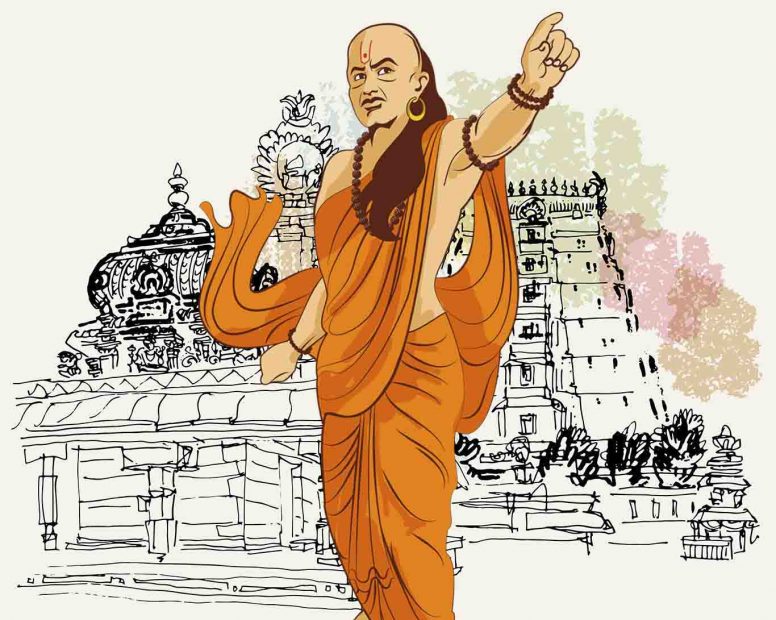
Introduction
The Great Himalayan Mountain range, in Asia, is the home of world’s
highest peaks and largest glaciers on the Earth. It is the Youngest Mountain
range which was formed around 80 million years ago. It stretches over 2,400
kms from Assam in Eastern India to Pakistan in the West, and holds special
mythological, cultural, traditional importance and has been protecting India
as a gigantic guardian, from outside invasions for a long time. Himalaya is
made up by combining two Sanskrit words; Him means Snow and Alaya which
means Abode, ‘Abode of Snow’.
- Himalayan Extension
- The Himalayas, which passes through 6 Nations; India, Pakistan, Afghanistan,
- Bhutan, China, and Nepal, comprises 30 mountains and 9 of the highest
- peaks in the world. A place of thrilling sensations for mountaineers, home of
- rarest Flora and Fauna, a place of lush green forestry, a heaven on earth with
- divine spirituality; that is how the Himalayas can be expressed in words.
- Let’s know about the origin and history of the Himalayan Mountain range in detail.

Division of Himalayas
- The Greater Himalayas or Himadari
- Middle Himalayas or Himachal
- Shivalik or the outer Himalayas
- The Trans-Himalayas – Tibetan Himalayas.
- The Eastern Hills
The Great Himalayas of Himadari
The great Himalayas are also called the inner Himalayas or Himadri Himalayas.
- It lies immediately south of Trans-Himalayas.
- The average height is about 6100 km above sea level.
- The width of the Great Himalayas is between 120 to 190 km.
- Mount Everest, the highest peak in the world is in Great Himalayas.
- The greatest peak of the Mountain range of the world lies in the greater Himalayas.
- Ganga and Yamuna rivers also originated from Great Himalayas.
- Some important mountain passes in Great Himalayas are Nathu-la, Zoji-La, Shipki-La, etc.
| Regional name of Mount Everest | Region |
| Sagarmatha (The Goddess of the Sky) | Nepal |
| Chomolungma (Mother of the World) | China (Tibet) |
Middle Himalayas or Himachal
Himachal Himalayas or Middle Himalayas or Lesser Himalayas:
- The Himachal Himalayas are sometimes known as the middle or lower Himalayas. The Himalayas or Dhauladhar range
- It lies on the southern side of the Great Himalayas.
- The average width of the Middle Himalayas is about 50 km.
- The altitude of this range is between 1000 and 4500 meters above sea level.
- The famous hill stations in the lesser Himalayas are Shimla, Mussoorie, Nainital, etc.
- The well-known Kashmir, Kullu, and Kangra valleys are also situated between the Great and Lesser Himalayas.
| Important ranges of Lesser Himalayas | Region |
| The Pir Panjal Range | Jammu and Kashmir |
| The Dhaola Dhar Range | Himachal Pradesh |
| The Mussoorie Range and The Nag Tiba Range | Uttarakhand |
| Mahabharat Lekh | Nepal |
Shivalik or the Outer Himalayas
- It is the southernmost mountain range of the Himalayas.
- Shiwalik mountains range is also called the outer Himalayas.
- The average width of the Shiwalik Mountains range is about 10-50 km.
- The altitudes of Shiwalik mountain vary from 900 to 1100 meters above sea level.
- Dehradun and Kotli Dun are important well-known Duns.
| Jammu Hills | Jammu Region |
| Dafla, Miri, Abor, and Mishmi Hills | Arunachal Pradesh |
| The Dhang Range, Dundwa Range | Uttarakhand |
| Churia Ghat Hills | Nepal |

Important Passes In Himalayas
| State | Passes of Greater Himalayas |
| Jammu and Kashmir | Burzil PassZoji La [La means pass] |
| Himachal Pradesh | Bara Lacha LaShipki La [The Hindustan-Tibet Road connecting Shimla with Gartok in Western Tibet] |
| Uttarakhand | Thaga LaNiti PassLipu Lekh |
| Sikkim | Nathu LaJelep La [important trade route connecting Kalimpong (near Darjeeling) with Lhasa in Tibet, passes through Jelep La (4,386 m)] |
Significance of the Himalayas
- The great rivers of India receive their nourishment from the huge snowfields, heavy rainfall, and glaciers of the Himalayas.
- The major rivers and their tributaries carry massive amounts of alluvium as they descend from the Himalayas.
- This is deposited as fertile soil on the Great Plain of North India, making it one of the planet’s most productive regions.
- Almost 33% of India’s thermal electricity and 52% of its hydropower come from rivers that originate in the Himalayas, which is crucial for the country’s energy security.
- The Himalayan mountain ranges have an abundance of forest resources. The Himalayan ranges exhibit a progression of vegetation from tropical to Alpine in accordance with their altitude.








